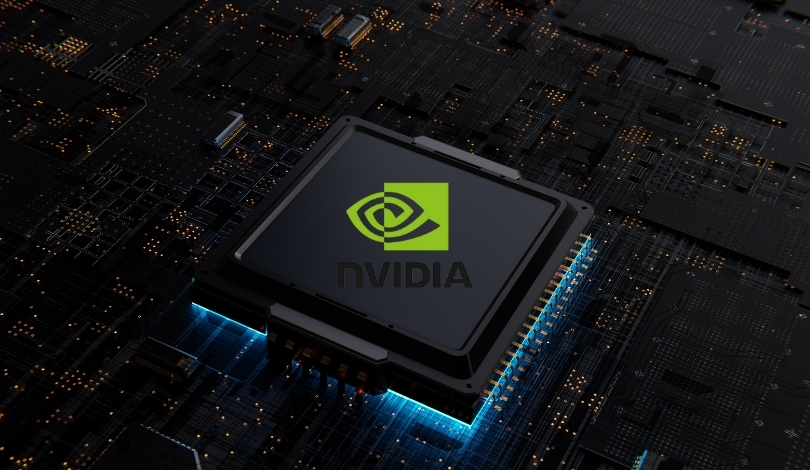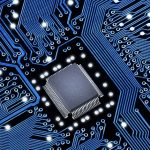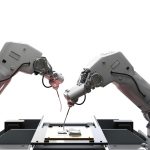Robotics developers and engineers recently gained access to a new AI platform with the launch of NVIDIA’s Jetson AGX Thor, announced last month. As edge computing becomes increasingly critical in applications that demand real-time performance, Jetson AGX Thor emerges as one of the most powerful modules for autonomous machines, promising a significant leap in onboard intelligence. With 2,070 FP4 teraflops of AI compute capability in a compact form, this product invites interest from both established robotics manufacturers and startups keen on deploying physical AI for advanced workflows. Observers in the industry are following its rollout to evaluate how it stands against rival solutions from brands like Intel, Qualcomm, and AMD, particularly regarding power efficiency and ecosystem integration.
Other AI hardware platforms introduced previously, such as Jetson Orin, set early benchmarks for AI-in-robotics with compact design and high computational output. Competing devices like Qualcomm’s Robotics RB5 Platform and AMD/Xilinx adaptive SoCs have offered developers well-supported alternatives tailored to different edge workloads, including drone navigation and machine vision. Over the past few years, energy use, compatibility with modern AI frameworks, and the scale of software support have emerged as decisive factors in user adoption. NVIDIA’s steady expansion of its developer ecosystem, especially around Isaac for simulation and Metropolis for vision, differentiates its recent offerings. Jetson AGX Thor’s explicit focus on handling multiple simultaneous AI models in real-time is seen as a step toward meeting increasingly complex field requirements.
How Does Jetson AGX Thor Advance Edge AI?
Jetson AGX Thor provides supercomputer-level compute power intended for real-time perception, decision-making, and control at the edge—enabling autonomy without dependence on cloud connectivity. The system’s Blackwell GPU architecture features 2,560 CUDA cores, 96 Tensor Cores, a 14-core Arm Neoverse CPU, and 128 GB LPDDR5X memory. These capabilities focus on processing extensive sensory data, supporting large language models, and running multiple AI workloads efficiently in robots across various industries.
What Sets Jetson Apart From Qualcomm and AMD?
Unlike competitors such as the Qualcomm RB5 Platform, which offers flexible connectivity (including integrated 5G and Wi-Fi 6) alongside lower TOPS for camera-heavy applications, Jetson AGX Thor is tailored more for high-throughput, real-time inference use cases. Meanwhile, AMD/Xilinx devices emphasize power efficiency and task-specific acceleration but lack seamless integration with robotics simulation and deployment platforms. Jetson Thor’s compatibility with NVIDIA Isaac, Holoscan, and Metropolis provides developers a unified path from prototyping to deployment.
Who Adopts Jetson AGX Thor, and For What Purposes?
Early pilot programs using Jetson AGX Thor are underway at Amazon Robotics, Boston Dynamics, Meta, and Caterpillar, with inputs also from John Deere and OpenAI. These organizations explore the module’s performance in humanoids, agricultural robots, and surgical assistance technologies. According to Deepu Talla, vice president of robotics and edge AI at NVIDIA,
“Physical AI, where models can perceive, reason, and act in real-world environments, is redefining what’s possible in robotics.”
This sentiment aligns with the wider drive for smarter, more adaptable machines that interact seamlessly with people and environments.
NVIDIA will also present its latest breakthroughs and discuss barriers to robotics adoption at RoboBusiness, an event renowned for providing a platform to share progress in commercial robotics technology. Jim Fan, director of AI at NVIDIA, will participate in discussions on experiences from initial humanoid deployments, while Amit Goel, director of product management for autonomous machines, will analyze ongoing trends.
“The big bang of generative AI for the physical world is here,”
added Talla, highlighting how new modules like Jetson AGX Thor impact robotics capabilities across market sectors.
Amid rapid advancements in robotics hardware, choosing an AI platform now often hinges on factors beyond raw compute power—such as software stack maturity, ease of development, and opportunities for hardware acceleration in specific tasks. Developers benefit from modular systems that scale from prototyping through deployment, and platforms offering robust support for multiple AI models in real time—like Jetson AGX Thor—address pressing application needs in factories, logistics, and healthcare. For readers considering platform selection, examining workload requirements, the available developer ecosystem, and long-term compatibility with industry standards is advised. As edge AI modules continue to progress, practical value comes not only from peak performance specs, but also from support, flexibility, and ease of integration into rapidly evolving robotics ecosystems.










